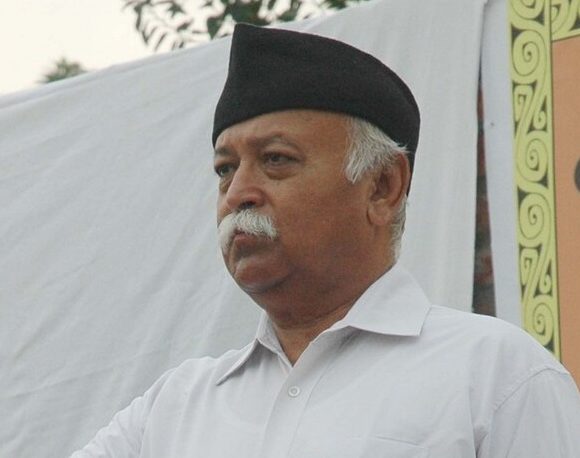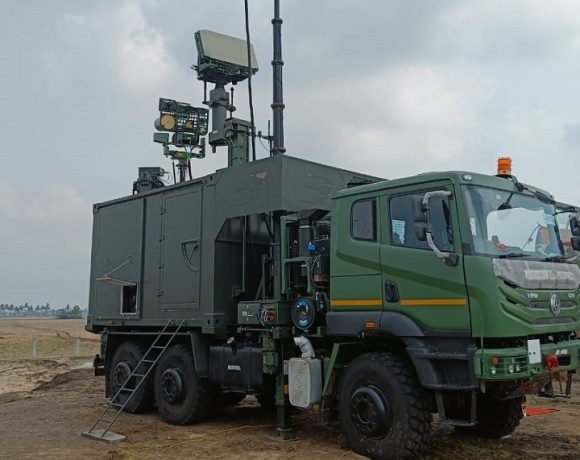
GTRE to Choose Partner for 120 kN AMCA Engine by Year-End
India’s Defence Research and Development Organisation (DRDO), through its premier aerogas turbine lab in Bengaluru—the Gas Turbine Research Establishment (GTRE)—is poised to select an international original equipment manufacturer (OEM) by the end of 2025. The collaboration aims to jointly develop a 120 kN-thrust afterburning turbofan engine for the Advanced Medium Combat Aircraft (AMCA) Mk-2 stealth fighter.
This agreement marks a critical leap toward indigenous high-thrust engine capability. Once finalized, the project timeline is ambitious yet structured:
- Core Rollout & Ground Testing by 2029: The engine core, responsible for the bulk of power generation, is expected to be assembled and undergo ground evaluations—including full technological demonstrator testing with afterburner—within four years of deal signing.
- Airborne Testing by 2032: A dedicated flying testbed will validate real-world performance, system integration, and reliability over a three-year period.
- Prototype Integration & Certification: Post-airborne trials, the engine will be mated with AMCA prototypes for final adjustments and certification ahead of full-scale production.
AMCA Engine Development
The enhanced 120 kN thrust output—upward from earlier 110 kN estimates—will enable supercruise, higher payloads, and improved agility, critical for fifth-generation stealth performance. The Mk-1 version of AMCA will initially rely on the proven GE F414 engine, with the indigenous engine to follow for enhanced variants. Supercruise capability, fuel economy, and a compact thrust-to-weight ratio are key design priorities.
GTRE and Global Expertise
GTRE brings decades of experience, including the legacy of the Kaveri engine and expertise in afterburning turbofans. However, challenges related to metallurgy, testing facilities, and performance optimization remain. That is why the partnership with global OEMs—such as Safran, GE, or Rolls‑Royce—is being pursued. Such collaboration will ensure vital technology transfer while strengthening India’s self-reliance ambition.
Beyond engine tech, private-sector vendors like Godrej Aerospace and Azad Engineering have already joined the ecosystem by manufacturing components and modules. These efforts indicate an evolving industrial base geared for sustained aerospace manufacturing.
Long-Term Vision
The 120 kN-class engine is expected to serve as a high-performance powerplant across multiple platforms for the next 30 years, including future sixth-generation manned and unmanned combat aircraft. Upgrades and modular enhancements through its lifecycle will align with next-gen aerial warfare demands.
India’s ambition is clear: a homegrown, competitive, and globally relevant combat engine. With GTRE at the helm and a foreign partner on board soon, this joint development could close decades-long capability gaps and shift the landscape of Indian aerospace technology.


















